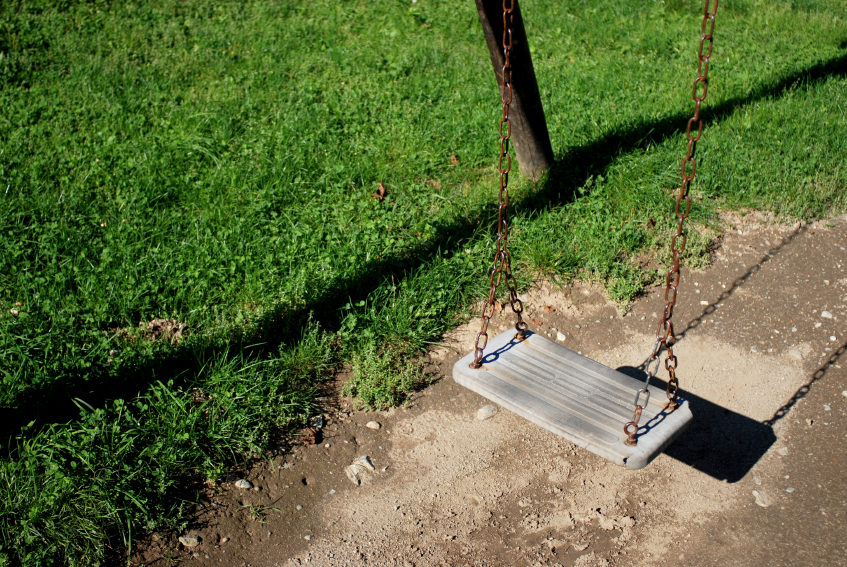
U of M study found 14 per cent of Manitoba children aged 0 to 19 years old, or about 1 in 7, were diagnosed with a mental disorder by a doctor during the four-year study period (2009 to 2013).
Mental disorders common in Manitoba children: U of M study
Childhood mental illness is a serious and widespread problem in Manitoba, touching children from every corner of the province and all socioeconomic levels, a new study by the Manitoba Centre for Health Policy (MCHP) at the University of Manitoba reveals.
The study, The Mental Health of Manitoba’s Children, measured how common mental disorders are among Manitoba children, and what puts kids at risk.
It found that 14 per cent of Manitoba children aged 6 to 19 years old, or about 1 in 7, were diagnosed with a mental disorder by a doctor during the four-year study period (2009 to 2013).
“Mental health problems in children are more common than asthma or diabetes. We likely all know a child or teen who is struggling with a mental disorder,” says the study’s lead author Dr. Mariette Chartier, assistant professor in the department of community health sciences in the Max Rady College of Medicine.
“Understanding the scope of mental illness and what factors make it more likely will allow for better planning and support for children’s mental well-being,” Chartier says. “This study shows that children from low-income families are at greater risk of developing mental disorders, likely because they must contend with poor housing, lack of nutritious food and higher levels of stress.”
The study analyzed information from MCHP’s data repository, which links data about Manitobans’ contacts with the health-care, education, social service and justice systems. All personal information is removed from the data before it arrives at MCHP.
Researchers looked at the childhood prevalence of behavioural disorders such as Attention Deficit Hyperactivity Disorder, mood and anxiety disorders such as depression, psychotic disorders such as schizophrenia, developmental disorders such as Fetal Alcohol Spectrum Disorder, and suicidal behaviours. The study only included disorders that were diagnosed by doctors.
“There is no data available on children who visited other health care providers, like psychologists or school counsellors,” says Chartier. “So we know there are more children dealing with mental health problems than we have identified in this report.”
The rate of suicide, measured in Manitoba teens aged 13 to 19, is a cause for concern because it is almost twice the Canadian average. Over a 4-year period, the study reported 91 deaths by suicide and 504 teens who attempted suicide. Most of these teens were struggling with one or more mental disorders.
Overall, mental disorders in children were more commonly diagnosed in urban than in rural Manitoba, perhaps reflecting a lack of specialized mental health services in rural areas. However, the number of teens with a substance use disorder and the number who had attempted suicide were considerably higher in rural communities.
Researchers also examined the impact of mental illness on children’s lives. “We found that children who have mental health problems are at a disadvantage in many areas, including their physical health, their school achievements and their involvement with the justice system,” Chartier says.
Children with a mental disorder were, for example, more likely to have asthma or diabetes, live in social housing, be on income assistance, be in contact with child welfare services, have lower marks in school and be accused of a crime.
The MCHP’s recommendations to better support children with mental disorders include: continue to invest in Manitoba’s Child and Youth Mental Health Strategy; provide early intervention and treatment for children with mental disorders through an integrated service delivery system; focus on programs that promote strong mental health; support higher-risk groups of children and their families so they get the services they need; and provide more training for service providers in schools, social services and the justice system to meet children’s mental health needs.
The full report can be downloaded from the MCHP website.
Research at the University of Manitoba is partially supported by funding from the Government of Canada Research Support Fund.








I knew this was big. Sadly there are few resources available and those that are are disjointed, leaving many gaps. Some of the better resources are private and come at great cost, affordable only to the wealthy.
We need a comprehensive strategy and series of supports that walk through the entire spectrum of both disorder type and where in the journey each person is.
For example there is a great Youth Addiction Stabilization Unit, but it is only 7 days and only for those under 18. So a youth of 17 years old may go there, but then what after the couple months that they turn 18?
And sure they are great psychologists… but not everyone can afford them… then what?
Even trying to get a diagnosis take months, sometimes things cant wait that long.
There are no guides that can walk parents through this either – how to help their children. its all just by fluke that you find someone or luck upon someone willing enough to share info or even bend the eligibility rules to ensure you get support (usually people within a month of retiring can be great for this because they aren’t afraid of breaking a few rules to do what’s right in a bureaucratic system set up for failure and delay).